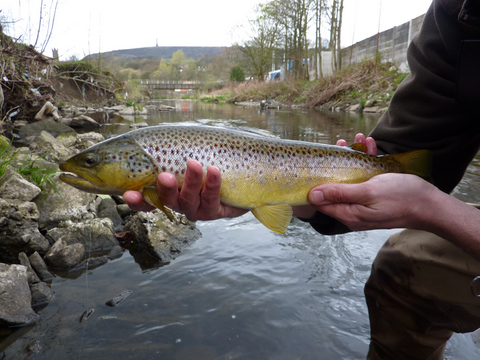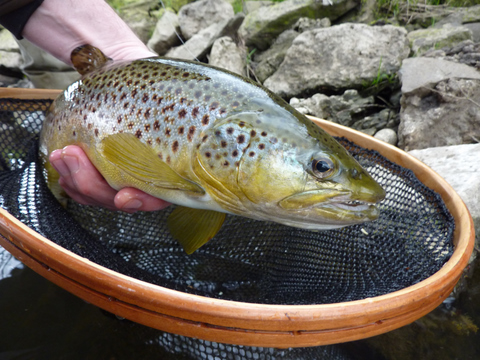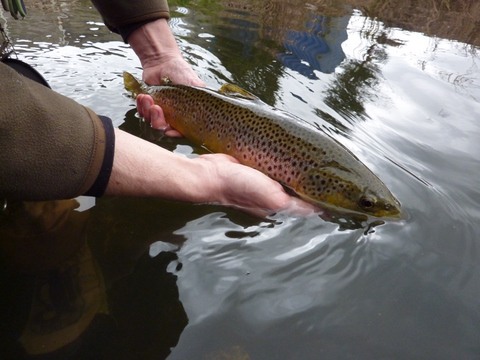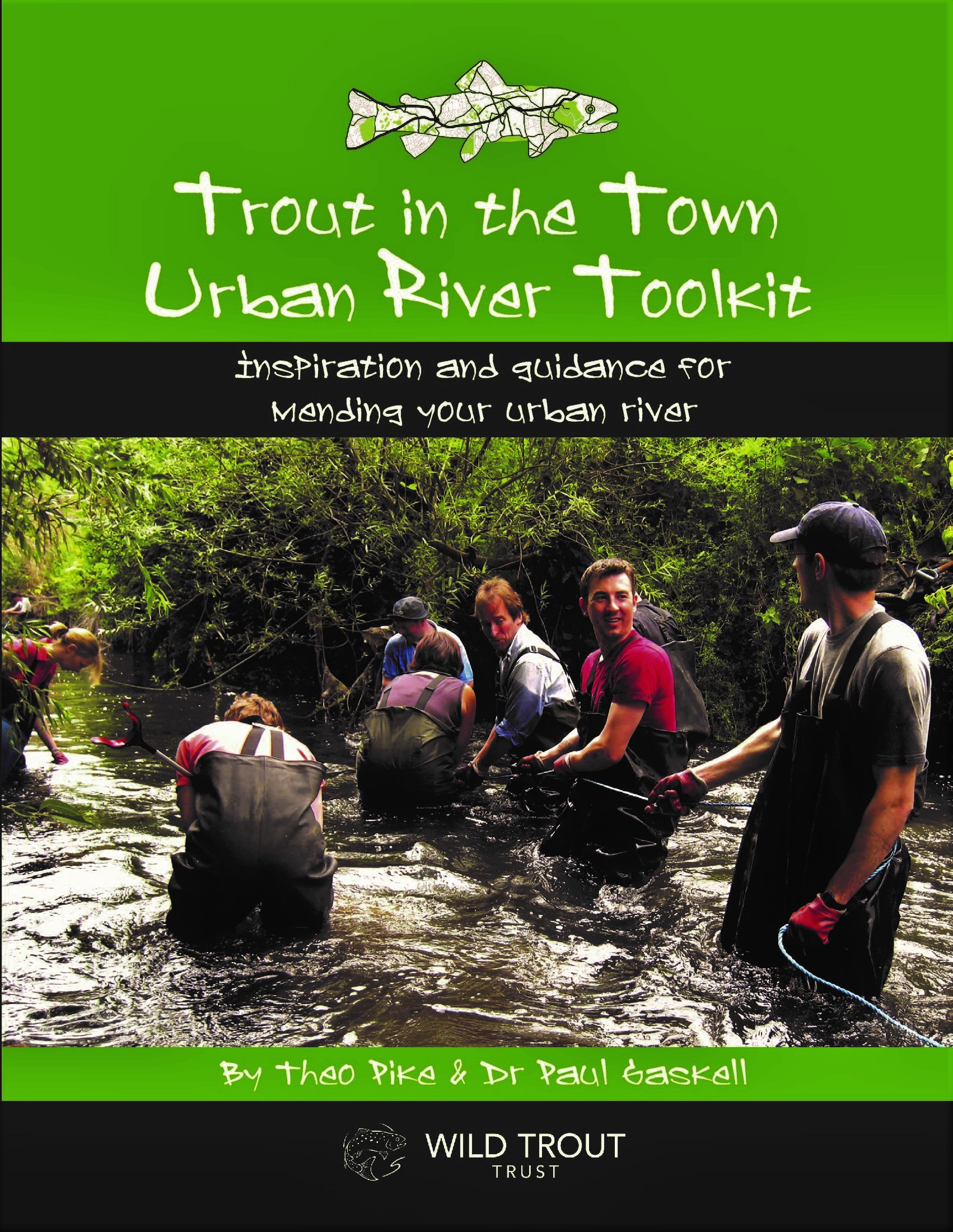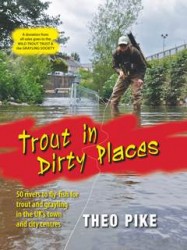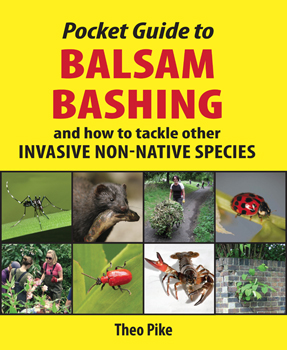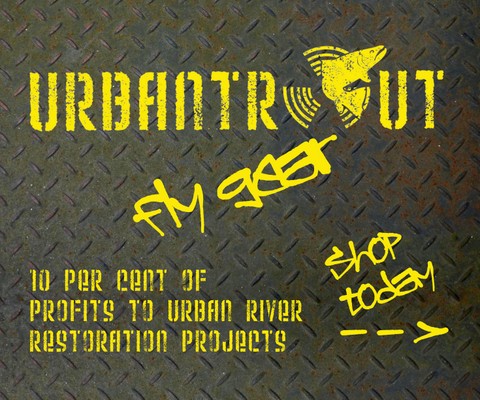Trout only live in beautiful places. It’s an idea that’s been trotted out by countless angling writers. But it’s no longer totally true.
Since the 1980s, when the western world’s heavy industry began its long march east, and governments woke up to the importance of environmental stewardship, the lines have started to blur.
Better sewage treatment and pollution control meant better water quality. As a result, rivers that once terrorised generations of local residents with their reputation for contamination and pestilence started flowing comparatively clean and pure, even if their banks were still shrouded in concrete and sheet-steel piling.
And the trout noticed, dropping down from holdover headwaters and other refugia on the outskirts of industry, recolonising areas which probably hadn’t seen an adipose fin for centuries.
This is a measure of how far urban rivers have come – and how far they’ve still got to go.
Long into the deep twilight of heavy industry, vast lengths of our post-industrial rivers are still broken up by weirs, polluted by urban runoff and overspilling sewers, and treated as flowing rubbish tips. Yet the trout have returned. And now, within the European Union at least, legislation like the Water Framework Directive means we have to make sure they stay.
Once or twice, whilst researching Trout in Dirty Places, my snapshot of urban river restoration in the UK at the start of the 21st century, I wondered if I’d stumbled into an extra-ironic edition of Crap Towns or Boring Postcards: that brilliant little booklet recording some of the worst excesses of 1960s planning, when the buried emotions of wartime made it easier to level everything that the Luftwaffe hadn’t, and all that space-age concrete was new.
50 years on, you’ve got to look hard to see the beauty in a stained, rust-streaked culvert behind a hostile chain-link fence, or find the river still running beyond rolling retail car parks and half-refurbished mills. But searching for Trout in Dirty Places eventually led me to my own credo: that no place where trout live can ever be truly ugly.
Wild salmonids like trout and grayling beautify the places where they live, just with the fact of their sensitive, evanescent presence. Especially in places where lots of logic still tells you that they shouldn’t really be.
But they are.
If this knowledge-sharing website helps more people to help more wild trout to live in more urban rivers, and more of those people to catch the trout and return them reverently to the water with a sense of mission fulfilled, I think we can go home happy.
That’s all.
